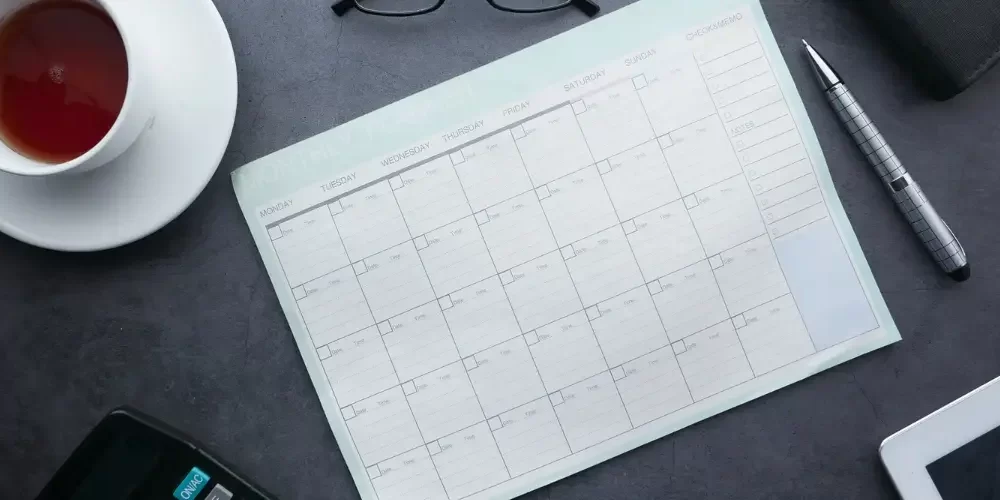Introduction
Emergencies can strike at any time, and being prepared can mean the difference between safety and vulnerability. Whether you’re a homeowner, a business owner, or an individual, having a comprehensive emergency preparedness plan is essential. In this blog post, we’ll guide you through the steps to build a robust emergency preparedness plan that can protect you, your loved ones, and your assets in times of crisis.
1. Assess Your Risks
The first step in creating an effective emergency preparedness plan is to identify the potential risks you may face. These risks can vary depending on your location and circumstances. Common threats include natural disasters like earthquakes, hurricanes, floods, wildfires, as well as human-made disasters such as power outages, chemical spills, or even cyberattacks. Understanding your specific risks is crucial for tailoring your plan accordingly.
2. Establish Clear Communication Channels
Communication is paramount during emergencies. Ensure that you have reliable ways to communicate with family members, employees, or emergency services. Consider creating a phone tree or using messaging apps to keep everyone informed. Establish an out-of-town contact person as a central point of communication in case local lines are down.
3. Develop an Evacuation Plan
Depending on the nature of the emergency, you may need to evacuate your home or workplace. Create an evacuation plan that includes multiple exit routes and assembly points. Ensure that everyone knows where to go and how to get there safely. Practice evacuation drills regularly to familiarize everyone with the process.
4. Prepare an Emergency Kit
Assemble an emergency kit with essential supplies such as food, water, first aid supplies, flashlights, batteries, and important documents. Tailor your kit to your specific needs and the potential duration of the emergency. Don’t forget medications, pet supplies, and items for infants if applicable.
5. Safeguard Important Documents
Keep copies of important documents like identification, insurance policies, medical records, and property deeds in a secure, waterproof container. Consider storing digital copies in a cloud-based service for easy access in case physical copies are lost or damaged.
6. Establish a Safe Haven
Identify a safe location where you can take shelter during a disaster, such as a basement, storm cellar, or designated community shelter. Ensure that this location is well-stocked with supplies and is easily accessible to everyone in your household.
7. Stay Informed
Stay informed about potential emergencies by monitoring weather forecasts, local news, and official alerts. Invest in a weather radio or use mobile apps that provide real-time updates on weather and emergency situations. Being well-informed allows you to make timely decisions.
8. Plan for Specific Needs
Consider the unique needs of family members, employees, or others in your care. This includes individuals with disabilities, elderly family members, or pets. Ensure that your plan addresses their specific requirements, such as mobility aids, medications, or pet carriers.
9. Regularly Review and Update
An emergency preparedness plan is not a one-and-done task. Regularly review and update your plan to account for changes in circumstances, such as new family members, changes in medical conditions, or alterations to your living or working environment.
Conclusion
Emergency preparedness is not something to be taken lightly. By building a comprehensive plan that accounts for potential risks, communication, evacuation, supplies, and individual needs, you can significantly enhance your ability to respond effectively during emergencies. Remember that preparedness saves lives, and it’s a responsibility that should not be overlooked. Start building your plan today to ensure the safety and well-being of yourself and those you care about.







